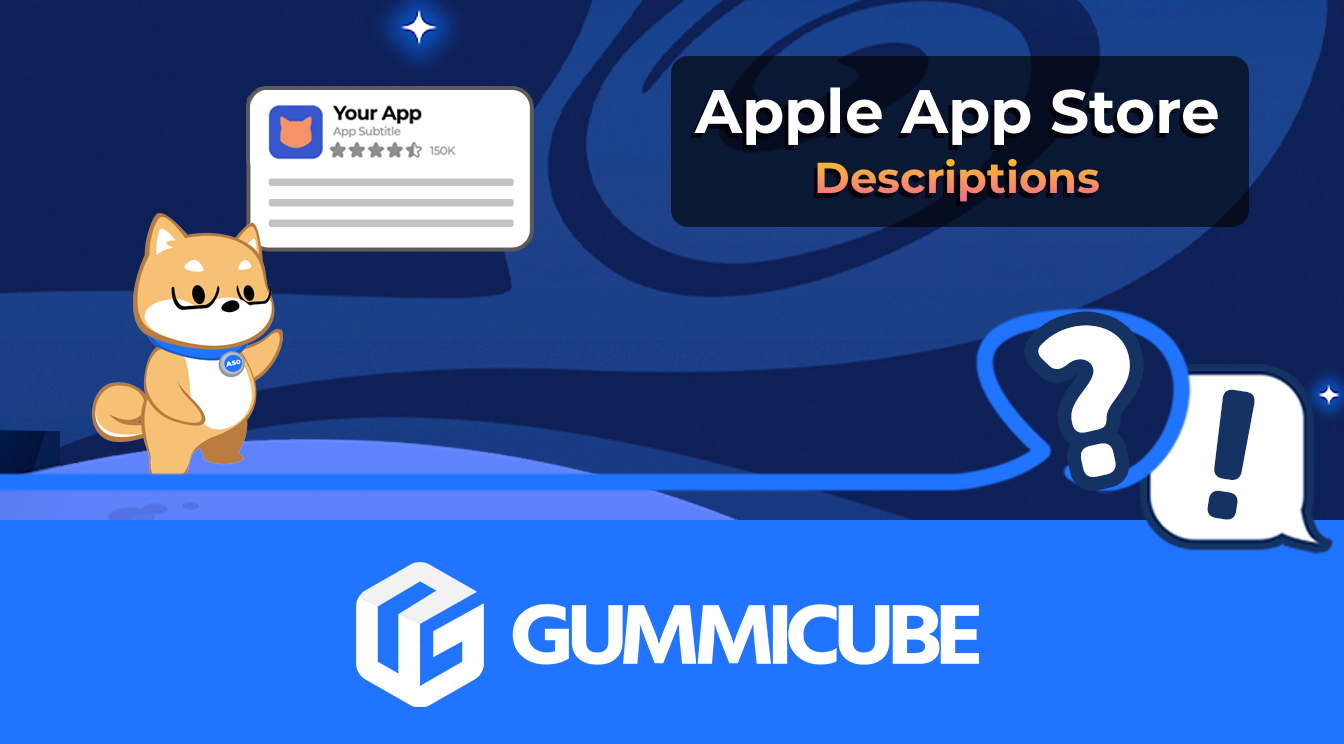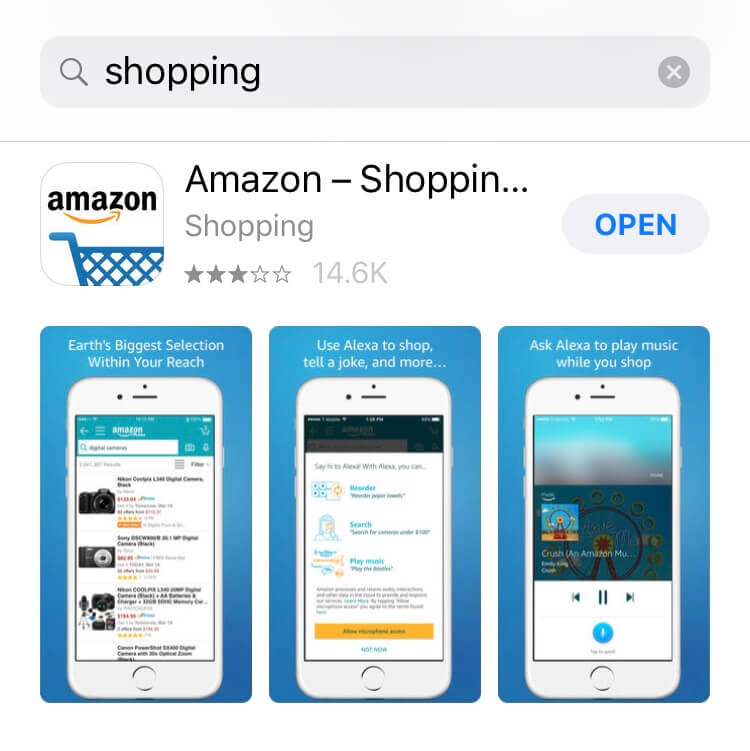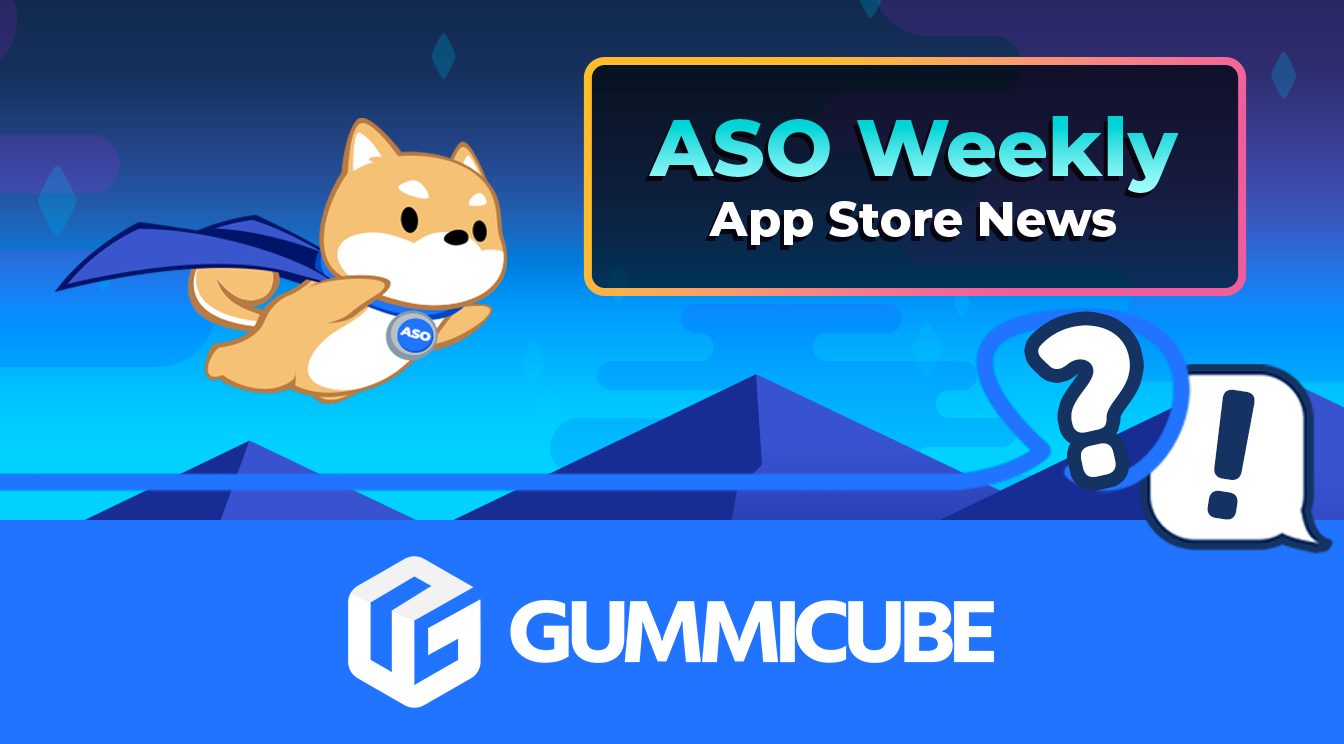
How to Write an Apple App Store Description
Posted on July 17th, 2024
Learn how to approach App Store descriptions the right way so you can effectively engage and convert users.

“There’s an app for that.” With more than 2 million apps across both the Apple App Store and Google Play Store competing for their chance in the spotlight, developers need to have a solid App Store Optimization strategy to outshine the competition.  Despite many apps having an ASO strategy, it seems like there’s a group of apps that are considered untouchable and don’t need an aggressive ASO strategy to thrive. The exception to the rules can drive downloads based on popularity and brand recognition alone. More often than not, these apps are not optimized and typically don’t rank for keywords relevant to its functionality. Instead, they convert users who are searching specifically for their brand. Popular apps come and go, but long-term success relies on developers ensuring that their app is updated and relevant to current user app store search trends and behavior. If big brand wants to truly drive downloads from a wider market and achieve long-term success, then they must implement an ASO strategy at the top of their user acquisition funnel.
Despite many apps having an ASO strategy, it seems like there’s a group of apps that are considered untouchable and don’t need an aggressive ASO strategy to thrive. The exception to the rules can drive downloads based on popularity and brand recognition alone. More often than not, these apps are not optimized and typically don’t rank for keywords relevant to its functionality. Instead, they convert users who are searching specifically for their brand. Popular apps come and go, but long-term success relies on developers ensuring that their app is updated and relevant to current user app store search trends and behavior. If big brand wants to truly drive downloads from a wider market and achieve long-term success, then they must implement an ASO strategy at the top of their user acquisition funnel.
For popular brands with apps, it’s important that they consider marketing their app in other ways than merely leveraging their brand recognition. Updating an app’s metadata can help build out an app’s keyword bank for other relevant keywords beyond just their trademarks. These keywords can be incorporated into the app’s title, subtitle (iOS), promotional text (iOS), short description (Google Play) and long description.
An app’s title will be the first written word a user will see when browsing through the app stores. This area should focus solely on the brand’s name for the immediate brand recognition that will gain users’ trust.
The App Store and Google Play Store provide an extra space in addition to the title and description. Each store utilizes different text spaces that help apps rank for more keywords. iOS: The subtitle, promotional text and short description give developers the opportunity to describe the core functionality of their apps even further and to rank for more keywords. As Apple limits the subtitle character limit to 30 characters and the promotional text to 170, it’s important to make this space count. Google Play: Google allows Android developers a space of 80 characters. Similar to the subtitle and promotional text for iOS, these spaces are small but mighty. Developers need to use this space wisely to target other high-volume keywords or briefly call out any new features, content, and more.
The description is an area where brands have the opportunity to rank for more high-volume and relevant keywords that are currently trending in their target markets. Not every user will search by an app’s name. However, if users search using the keyword “shopping,” then there is a greater chance they find Amazon’s app, due to the number of times they’ve integrated “shopping” into their description. If Amazon didn’t target that keyword, they might not appear as high in the user search query.  Visuals are Everything Most apps only have 3-5 seconds to grab a user’s attention, and brand names are no exception. If their creatives are not captivating enough to stand out against the competition, a user will keep scrolling. This is where having a recognizable brand comes in handy. While it’s beneficial to have an easily recognizable brand, developers shouldn’t solely rely on the brand to attract users. They still need to focus their time and efforts on designing engaging creatives to turn browsers into users. A set of creatives includes an icon, screenshots, preview videos and a feature graphic (Google Play only). It’s important to consider make each element unique, appealing and complementary of each other seamlessly. In addition, the creatives must portray the app’s core features so a user understands the app’s purpose immediately.
Visuals are Everything Most apps only have 3-5 seconds to grab a user’s attention, and brand names are no exception. If their creatives are not captivating enough to stand out against the competition, a user will keep scrolling. This is where having a recognizable brand comes in handy. While it’s beneficial to have an easily recognizable brand, developers shouldn’t solely rely on the brand to attract users. They still need to focus their time and efforts on designing engaging creatives to turn browsers into users. A set of creatives includes an icon, screenshots, preview videos and a feature graphic (Google Play only). It’s important to consider make each element unique, appealing and complementary of each other seamlessly. In addition, the creatives must portray the app’s core features so a user understands the app’s purpose immediately.
A well-known brand with an app is most likely to attract users regardless of the strength of their ASO strategy. However, just like anyone else, developers must take proactive steps to market their app beyond their loyal fans if they want to gain a bigger market share. With more apps flooding the stores, even popular brands need to have a strategy in place to ensure that they are not only receiving optimal downloads, but staying up to date with their competition.

Learn how to approach App Store descriptions the right way so you can effectively engage and convert users.

Learn how to grab your audience's attention through effective and engaging app store preview videos.

Welcome to this week’s ASO Weekly - The App Store halts gambling ads amidst outcry and the Apple takes a bite out of NFT app sales.